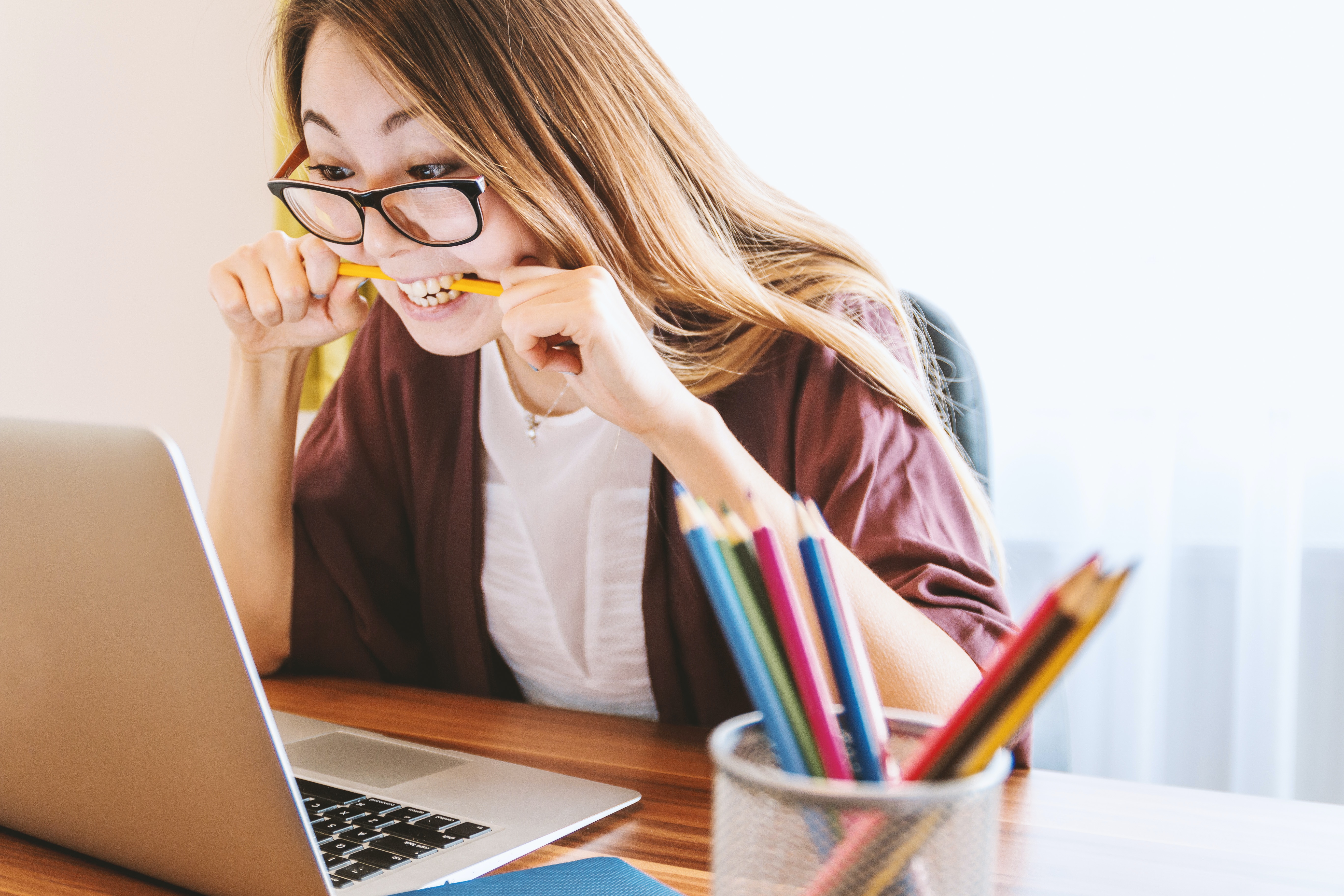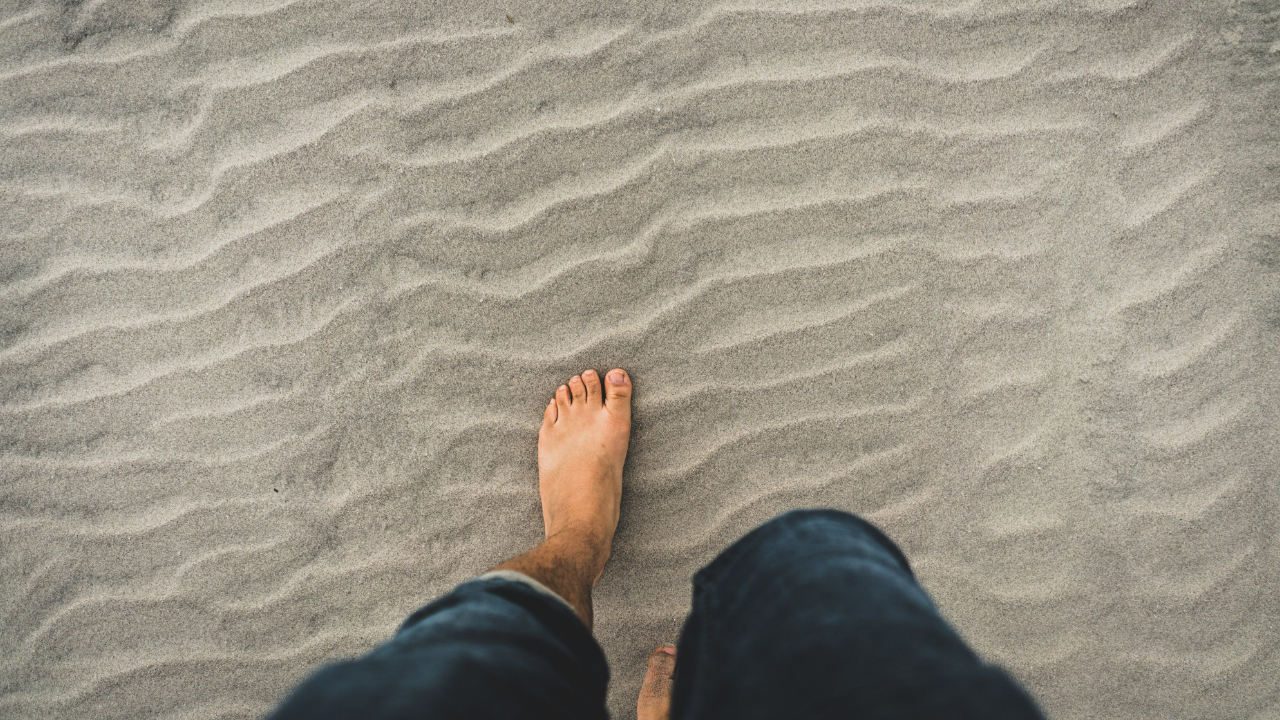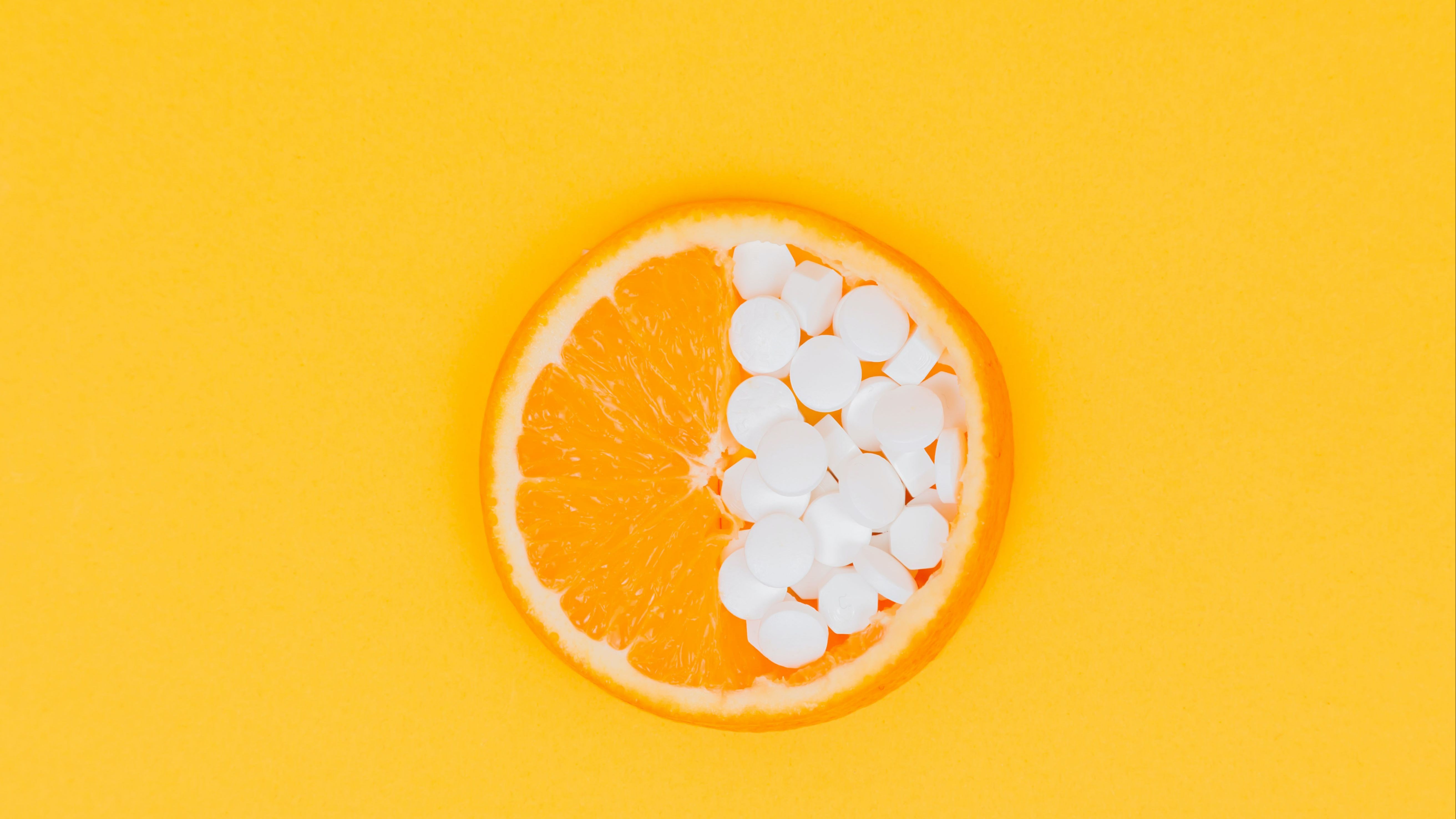Mindful and Embodied Exercise for Soothing Anxiety
The modern world has us stuck up in our heads, with the result of losing the body awareness that we need to register a sense of presence and safety. Learning how to release self-protective holding patterns in the body can help unravel both the physical and mental tension that can create anxiety.
Many therapies that address the mind and mental health are now recognising the need to bring embodied awareness or embodiment into practices; recognising that we can only fully come to relaxation states when we have a sense of where our body is in the here and now. A recent study into CBT (Cognitive Behavioural Therapy) – the most widely accepted treatment for anxiety, panic attacks, depression, eating disorders and other mental health issues – put forward that “integrated embodiment approach with CBT enhances outcomes across a wide range of emotional disorders”, recognising the limitations of a process that only...
We explore how we’re hard-wired for craving – from sugar to screens – but can develop practical tools to consciously override this primal stress-induced reactivity and find other ways of self-soothing.
Desire and aversion
From the moment we are born, we seek what gives us pleasure - it is deep within our primal make-up to desire and to use this as motivation to seek and obtain what we need. As babies, reaching to suckle provides the impetus to self-coordinate and move to find nourishment – and our first reward for such behaviour, the sweetness of milk, sets up associations that we take through life.
As we grow, quick-fix foods are often wired into our neural networks as this comfort or reward, so deeply sown into the wiring and internal drives of what soothes us. These might replicate this first sweet taste, or we can shift towards other substances (or behaviours) that complete such loops – bringing us back down to relief when we feel...
Recognising and accepting sugar addiction
Until recently, although we could see and feel the ‘pull’ of sugar, it was not actually proven that this was a real addiction. However, a recent study showed that sugar binges and subsequent removal of the sugar, showed classic withdrawal symptoms, including "the shakes", teeth chattering, anxiety and changes in brain chemistry. The addictive qualities of sugar have been shown to be similar to those of drugs of abuse.
We know that sugar increases the dopamine (feel-good reward neurotransmitter or brain chemical) and opioid levels in the brain that can create a sugar addiction. Low levels of the sleep and mood neurotransmitter serotonin also create a self-medicating craving for sugar as when our levels are low, our bodies survival mechanism uses insulin – the hormone produced to move sugar out of the bloodstream into cells – to get serotonin quickly into the brain. Balanced blood sugar helps regulate all of these brain...
In my consultancy, I have the opportunity to discuss the intricacies of the working day with many clients. As I specialise in burnout, fatigue, anxiety and other stress-related conditions, this is often with those with high demand jobs who struggle to balance their available energy and simply getting through their workload intact and sane.
So often these people are aware of that they are pushing their resources to the limits, but we all know that when we need to simply get the job done, we have to keep going in the moment. It might not be that the job is simply overwhelming either, but that many of us actually really enjoy what we do and rise to that excitement for challenge and the achievement that is part of productivity. So it's quite easy for us to use to keep going when we're on a roll and not want to step back and intercept that excitatory type of energy that can be so good for mental acuity, quick responses and determination.
The new screen and sedentary issues
So because we...
Originally written for Movement for Modern Life
We have looked at the effects of stress on the gut. This showed how our digestive system is bound up in our relationship with the world around us. It makes sense that our postural issues affect our digestion. As our physical being (annamaya kosha or physical layer in yoga) is how we meet and relate to the world, our postural habits affect our digestive function and, as we will also explore in the next episode, out into movement patterns themselves.
Postural issues and digestion

A key detail in our human digestive tract design is that our physical design is stacked up vertically from the ground. Our digestion has to follow this organisation. The human oesophagus (where the food goes down) and rectum (where the waste comes out!) are vertical to the ground, unlike other animals. Our digestive processes rely on these and many other related aspects of posture to optimally function.
The emotional psoas and the diaphragm

This brings...
How twists can increase mobility
With many exercise habits focussed on movements forward and back, our natural ability to rotate around the central axis can be overlooked. Yet twisting motions are a key part of our movement and how our central body connects to the periphery, torso to limbs. Twists are not simply isolated turns of the spine, but are dependent on the entire story of the breath and the body. Incorporating different twisting motions in varying planes and to changing relationships with the limbs and ground, helps us to feel that in all movement, the whole body is involved.
Within Thomas Myers’ myofascial meridians system, Anatomy Trains®, the Spiral Lines of our connection tissue in the torso cross over at the front just above the navel. These allow us to twist and express rather than be shut down and hardened around the waist. They cross over at this midpoint, our mechanical line of function between the top and bottom body where forces move across and then...
The article was originally published on Healthista.
Your belly isn’t just that place where the food goes and we can stress about its appearance, it’s actually at the centre of all body systems and its health can influence how we feel and react. Looking after your core can have fantastic repercussions and improve quality of life on many levels.
It’s all going on down there
There is a massive and independent ‘second brain’ running the whole route of your digestive tract – from mouth to anus – called the enteric nervous system. This has about 100 million cells, one thousandth as many as neurons (nerve cells) found in the human brain and around the same as a cat’s brain! This brain is capable of ’thinking‘, ’remembering‘ and ’learning‘, so whilst it isn’t able to make cognitive thoughts, it is how we sense how we intuitively feel about a situation, environment and get ‘vibes’ from...
Our bodies have natural calming mechanisms, but we often run them at such high speeds that we lose the ability to plug into our natural braking systems. Some simple tips and dietary changes can provide an intervention when agitation takes over.
Self-soothing is the mechanism our bodies use to bring themselves back down to a calm place, after or even during a stressful event. This can mean finding the space to be able to decide the most compassionate and helpful reaction in a crisis or feeling all systems come back down after being completely revved up and reactive. When we’re in chronic stress and feeling life has become one big hyper-vigilant ‘constant alert’, we can feel we’ve lost this route back to settling down, releasing pent-up mind-body tension and finding the peace we need for recovery. Without healthy self-soothing abilities, living in a heightened state can be exhausting, lead to whole host of stress-related symptoms (anxiety, insomnia, IBS and...
Nutribullet, Vitamix, Magic Bullet or other blender smoothie mix ‘n’ match choices
There are many reasons I recommend a smoothie or blended drink to clients. Often this is simply to move them away from drinking loads of juice that discards the fibre present in vegetables and fruits; so important to slow down the release of their carbohydrates as simple sugars into the bloodstream. Having more bulk and less sugar also helps support good gut health, as too much juice can also contribute to an imbalance of gut bacteria and affect digestive, immune, hormonal, skin and mental health.
A smoothie is a great way to ensure more vegetables are included in our diets and acts as a great vessel for other goodies all in one delicious package. We can add in many things that we might want to take but prefer not to swallow in pill or capsule form.
Personally, I also find them a great way to use up some of those vegetables and fruit needing to be used up….
The blender:
There...
Our skin is the place where we both meet the world and show ourselves to it. How we are feeling and our level of vitality often shows up on our skin, with many of us using make-up to change or enhance this presentation. When we’re feeling tired or run down we can also feel more vulnerable and feel the need to hide what we might perceive as flaws with a little help – create the mask we want people to see. Looking after ourselves on a deeper level can help both how our skin looks and how we feel in relation to others around us.
The skin is the largest organ in the body, weighing on average 5kg. It is classified as an organ because it is made of layers of different tissue, which have different roles. Skin not only acts as container for the insides of the body, it acts as a barrier to infection and other substances. It also allows us to touch, plays an important role in temperature control, is a site of elimination and also produces vitamin D.
Lymph and blood vessels provide...
The term ‘grounding’ is often used in yoga classes and in relation to any activity that helps to draw us into a sense of the present moment.
But what does grounding actually mean? What qualities and physical attributes make grounding as important part of our practice?
To not be grounded in life at any moment is to feel that we're not really there. That includes a full physical sense that we are somehow off and away, that we are off in our heads, even “away with the fairies”!
This removal from a sense of where we are at that moment, can even move into feelings of dissociation where can experience a complete disconnect from mind and body.
This state has been associated with the ‘out of body’ experiences sometimes viewed as a spiritual high, but often has its roots in trauma.
In yoga, opening into the higher echelons relies on solid roots; fostering grounding through the lower chakras (pelvis and belly) to meet the subtleties of the higher chakras up...
Supporting our bodies through challenging times
We all have those bodily signs that seem to pop up when life’s challenges build to a crescendo. Although these can seem pretty benign, it’s good to watch the signals and be able to respond to them with dietary solutions. Periods of stress use up most nutrients more quickly as our whole systems – eg. energy, brain responses, hormones, immunity – are all working at a higher and faster rate. So some symptoms associated with different vitamin or mineral deficiencies can show up and alert us to possible deeper long-term effects of chronic stress. The food sources shown can help replace used nutrients, but also reducing sugar and stress means our diets are naturally more nutrient dense and we spare our resources.

B vitamins and Minerals
Firstly, let’s look at the B vitamins and minerals that we use up quickly in the stress response to make the energy, hormones, enzymes and neurotransmitters we need for that...

















